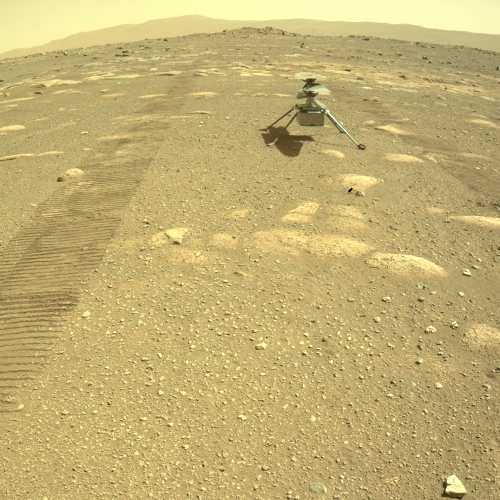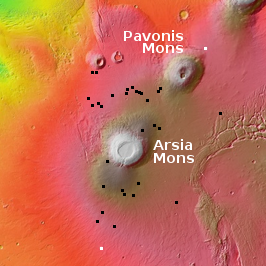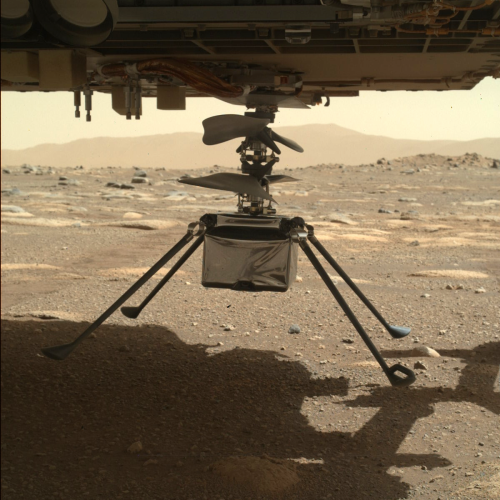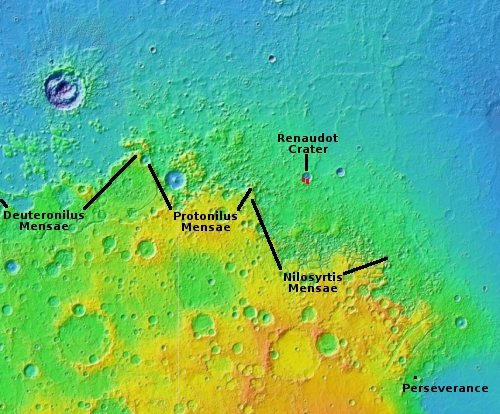Study: a Martian crater lake fed by glacial run-off

From figure 1 on the research paper.
A new study of a 33-mile-wide Martian crater in its southern cratered highlands has found evidence that a lake had once existed on the crater floor, and was fed entirely by glacial run-off in a cold climate, coming from its interior walls, not from outside the crater.
In a study published in Planetary Science Journal, a research team led by Brown Ph.D. student Ben Boatwright describes an as-yet unnamed crater with some puzzling characteristics. The crater’s floor has unmistakable geologic evidence of ancient stream beds and ponds, yet there’s no evidence of inlet channels where water could have entered the crater from outside, and no evidence of groundwater activity where it could have bubbled up from below.
So where did the water come from?
The researchers conclude that the system was likely fed by runoff from a long-lost Martian glacier. Water flowed into the crater atop the glacier, which meant it didn’t leave behind a valley as it would have had it flowed directly on the ground. The water eventually emptied into the low-lying crater floor, where it left its geological mark on the bare Martian soil.
You can read the full paper here. The crater is considered very old, which means this evidence dates from a very early Mars when the climate was very different. As the scientists note in their conclusion:
» Read more

From figure 1 on the research paper.
A new study of a 33-mile-wide Martian crater in its southern cratered highlands has found evidence that a lake had once existed on the crater floor, and was fed entirely by glacial run-off in a cold climate, coming from its interior walls, not from outside the crater.
In a study published in Planetary Science Journal, a research team led by Brown Ph.D. student Ben Boatwright describes an as-yet unnamed crater with some puzzling characteristics. The crater’s floor has unmistakable geologic evidence of ancient stream beds and ponds, yet there’s no evidence of inlet channels where water could have entered the crater from outside, and no evidence of groundwater activity where it could have bubbled up from below.
So where did the water come from?
The researchers conclude that the system was likely fed by runoff from a long-lost Martian glacier. Water flowed into the crater atop the glacier, which meant it didn’t leave behind a valley as it would have had it flowed directly on the ground. The water eventually emptied into the low-lying crater floor, where it left its geological mark on the bare Martian soil.
You can read the full paper here. The crater is considered very old, which means this evidence dates from a very early Mars when the climate was very different. As the scientists note in their conclusion:
» Read more












